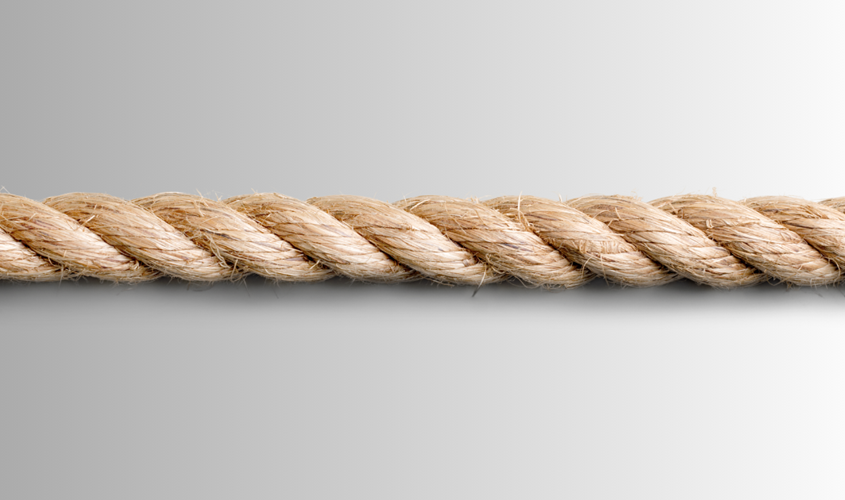Understanding Tendinopathy: Overused and Disorganised
Published: 28 July 2024

Often misunderstood and misdiagnosed, it is one of the most common conditions we see at The Physio Clinic Glasgow. It can affect active athletes, and less active people too. Unlike acute tendon strains, tendinopathy is a more persistent issue resulting from overuse and not trauma.
What are Tendons?
Tendon is specialised soft tissue that connects our muscles to our bones, much like a rope. They are incredibly strong structures capable of withstanding and transmitting huge forces. However, they are a common source of pain for many people.
What is Tendinopathy?
Tendinopathy refers to a spectrum of tendon pains characterised by pain and the inability to tolerate increased load on the tendon. The most common tendinopathies we see in clinic are those of the achilles tendon, the patellar tendon and rotator cuff tendons. However, there are other common tendinopathies you may have heard of such as golfer’s and tennis elbow.
Interestingly, tendinopathy can be very painful and debilitating or completely asymptomatic.
Too Much, Too Frequently
Overuse is typically the main factor in the developing a tendinopathy. Tendons are typically more resilient to consistent load and can be particularly affected by increases in the loads/ frequency of the loads they normally experience. Repetitive stress on the tendons, without adequate rest and recovery, leads to microtrauma. Over time, if the rate of micro traumas exceeds the capacity of the tendon to repair. This can lead to collagen disorganisation.
Collagen Disorganisation
At the microscopic level, tendinopathy is marked by a disorganisation of collagen (protein that makes up the tendon) fibres which make up much of the tendon. In normal tendon, the fibres of the tendon are arranged in a parallel structure much like a rope (A). In tendinopathic tendon, we can see a disorganised criss-crossing of the fibres of collagen (B). This structure can make the tendon more sensitive and painful, especially with increased load.

Symptoms and Diagnosis
Individuals with tendinopathy usually experience tenderness over the painful tendon. Often they described pain when starting to use the tendon which settles mid activity, described “as start up pain” and more pain post activity. Often the tendon is more tender to touch when not under tension, and less tender under tension. These characterstics often guide physiotherapists in diagnosis.
In some cases imaging may be used to diagnose tendinopathies. This may include ultrasound scans or MRIs, but it should be noted x-rays are not helpful in diagnosis.
With that said, in most cases a clear history and physical assessment should allow your physiotherapist to make an accurate diagnosis!
Treatment
Treatment of tendinopathy is nuanced, and should be specific to the tendon, the person who is being treated and the goals of that person. However, the goal of treatment with any tendon should be the same:
- reduce pain - this can be achieved with exercise in combination with load management (eg making sure we continue using the tendon, without drastically aggravating symptoms)
- reverse the disorganisation of the collagen fibres within the tendon - this can be achieved by gradually exercising the tendon with more and more load, resulting in a change from tendinopathic tendon to normal tendon
Not Tendinitis
Lastly, historically it was assumed that most tendon pains were caused by an inflammatory process in the tendon and so treatment of tendon pain was based around reducing inflammation. “Tendonitis” was the term used to describe this.
As discussed in this blog, we not understand tendon pain is typically caused by changes in the structure of the tendon (collagen disorganisation) and not simply an “inflamed tendon.”
As such, we don’t encourage the use of tendinitis to describe these pains. And we don’t typically encourage the use of steroid injections or anti-inflammatory mediations to manage these issues. In fact, these may negatively affect the collagen re-organisation required for resolution of tendinopathy.